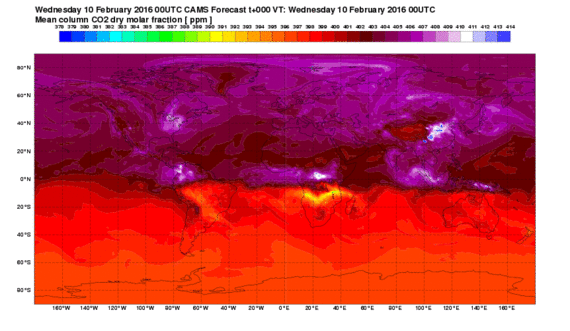- July 14, 2011
- in Green Tips
- by marcos
- 775
- 0
I was startled when I read that statement in a yestereday's NY Times because I'm remembering some pretty horrible incidents of drought and famine in Africa over the last 60 years.
Last week U.N. agencies monitoring a severe drought in Somalia, Ethiopia, Kenya and Djibouti increased the volume on existing warnings over food shortages in the region, a consequence, they say, of an unprecedented dry spell, instability and higher global food prices.
The potential human cost of this combination of drought, conflict, and poverty are hard to fathom:
UNICEF estimates that about 25 percent of people in Kenya's far north are now suffering from acute malnutrition, including more than 37 percent of those living in the Lake Turkana area. Throughout the Horn of Africa the aid group warns that "millions of children and women are at risk from death and disease unless a rapid and speedy response is put into action."
I predict that in the next 6 months the issue of worldwide drought, crop failure, and famine will likely dominate the news cycle and will potentially change the landscape of the food movement conversation. Go here for a previous post on these emerging dynamics. It could go two directions. It might lead to further insistence on genetically modified crops and entrenchment of global commodities as the "only" way to respond to world food needs. The industrial food complex will double down on the refrain, "How are we going to feed the world without this technology?"
I hope the crisis sparks the conversation in a different direction though. The other option is for the world's policy makers to recognize that locally-developed sustainable agriculture is a viable, and maybe the best option for addressing food insecurity among the world's poor. It's more complicated than the big bucks and bushels approach of food aid but is necessary to address long-term solutions.
In the book "Enough: Why the World's Poorest Starve in an Age of Plenty", Wall Street Journalist writers Thurow and Kilman highlight the nature of the problem:
For decades, the world has grown enough food to nourish everyone adequately….In the modern world, like never before, famine is by and large preventable. When it occurs, it represents civilizations collective failure.
They go on to identify a major policy shift in world food-aid circles that has led to some of the problems we are seeing today. Instead of helping developing countries nurture their own local food systems to make them self-sufficient there was a move in the 1980's to make countries dependent on imports from wealthy nations.
John Block, Reagan's agricultural secretary as the U.S. farm economy struggled under the weight of price-depressing gluts, put it bluntly: '[The] idea that developing countries should feed themselves is an anachronism from a bygone era…. They could better ensure their food security by relying on U.S. agriculturals products, which are available, in most cases, at lower costs.'
…In the view of the World Bank and other development organizations, food self-reliance became more important than food self-sufficiency: It made more sense for the poorest countries to develop businesses to earn the money needed to import food rather than grow their own.
Instead of helping poor farmers develop local and sustainable agricultural systems, they were encouraged to get out of agriculture, go to the city and move into the manufacturing sector where their low-wages could be put to "good use" in the world economy.
This arrangement worked OK as long as their was a glut of grain commodities and low food prices. We are now finding out how that all works when stores of grain are low (because of recent crop failures and biofuel competition), and food prices are high. It's not a pretty picture.
They also describe a shift in the crops that farmers do grow in developing countries. They have been encouraged to move into cash crops that can be put into the commodities markets and sold, instead of aiming toward crops that lend their communities to self-sufficiency. This has put these farmers at the mercy of world commodities markets whose prices rise and fall without a care to issues of hunger and self-sufficiency.
Le'ts hope in the coming months as this impending human disaster unfolds in Africa and other places around the world we'll be hearing the words "agricultural self-sufficiency" as the center-piece of addressing the crisis.
Fortunately there are some indications massive food corporations like Nestle and Unilever recognize there is a problem as reported in this Fast Company article:
Your local grocery store may be stocked with foods from around the world, but make no mistake: Our food system is starting to fail. Resource constraints, unpredictable weather, increases in food-borne illnesses, and malnutrition (925 million people are malnourished while one billion are chronically obese) are all making the major food corporations rethink the way they do business.


